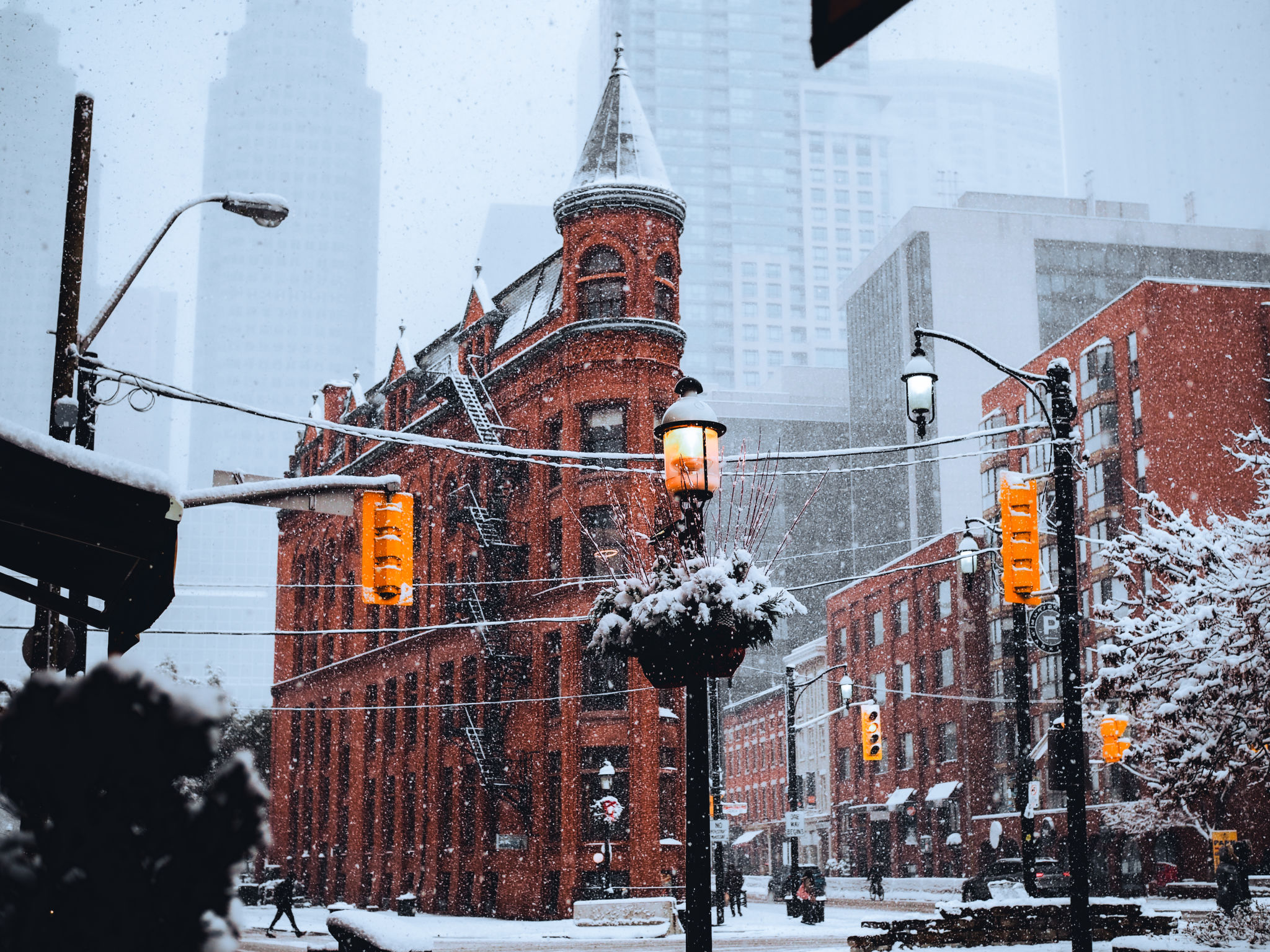Winter Readiness for Commercial Buildings: Essential Steps for Property Managers
Understanding the Importance of Winter Readiness
As winter approaches, property managers must prioritize preparing commercial buildings for the colder months. Proper winter readiness not only ensures the safety and comfort of occupants but also helps in reducing unexpected maintenance costs. By taking proactive steps, property managers can safeguard their buildings against potential winter hazards.

Conducting a Thorough Building Inspection
The first step in winter preparation is conducting a comprehensive building inspection. This process involves checking for any existing damage or vulnerabilities in the building structure. Key areas to focus on include:
- Roof and Gutters: Ensure there are no leaks or blockages that could lead to ice dams.
- Windows and Doors: Examine seals and weather stripping to prevent drafts and heat loss.
- HVAC Systems: Test heating systems to ensure they are functioning efficiently.
Addressing Structural Repairs
If the inspection reveals any structural issues, it's crucial to address these repairs immediately. Small problems, like cracked windows or damaged roofing, can escalate during harsh weather conditions. By resolving these issues early, property managers can prevent more significant and costly damages as the winter progresses.

Optimizing Energy Efficiency
Energy efficiency is a critical aspect of winter readiness. Property managers should aim to minimize energy consumption while maintaining a comfortable environment for tenants. Here are some strategies to enhance energy efficiency:
- Insulation: Ensure that walls, attics, and basements are properly insulated.
- Smart Thermostats: Install programmable thermostats for better temperature control and energy savings.
- Regular Maintenance: Schedule routine checks and maintenance for all heating systems.
Preparing Outdoor Areas
Winter readiness extends beyond the interior of a building. It's essential to prepare outdoor areas, such as parking lots and walkways, to ensure safety and accessibility. Property managers should:
- Snow Removal Plans: Develop a clear plan for snow removal and ice management.
- Lighting: Ensure adequate lighting in outdoor areas to reduce slip-and-fall accidents.

Communication with Tenants
Effective communication with tenants is vital during the winter months. Property managers should inform tenants of any changes in building operations or safety protocols. Regular updates can be shared through emails, newsletters, or building notice boards, ensuring everyone is aware of what to expect during severe weather conditions.
Emergency Preparedness
Preparing for emergencies is another crucial component of winter readiness. Property managers should ensure that emergency plans are up-to-date and that all building occupants understand the protocols. This includes identifying emergency exits, having backup power sources, and maintaining emergency contact lists.
Reviewing Insurance Policies
Finally, reviewing insurance policies before the winter season is a wise move. Property managers should confirm that their current insurance coverage is adequate for potential winter-related damages. This proactive step can provide peace of mind and financial protection against unforeseen events.
In conclusion, by taking these essential steps, property managers can effectively prepare their commercial buildings for the challenges of winter. A well-executed winter readiness plan not only protects the property but also ensures a safe and comfortable environment for all occupants.
